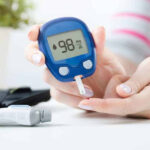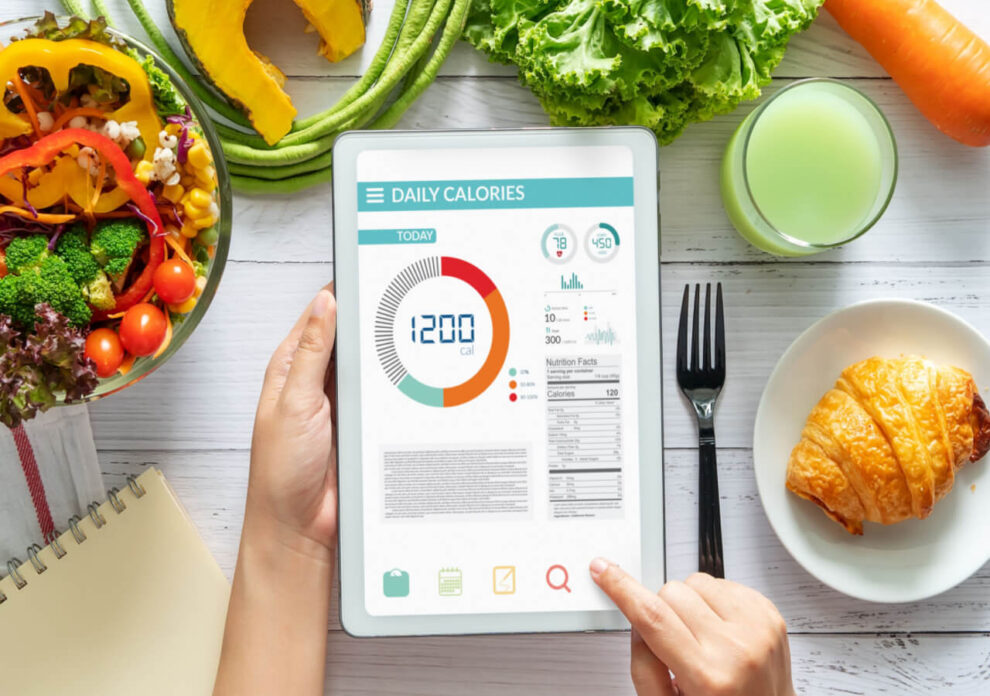Introduction –
The first and foremost thing that is important for people is to understand calories. The amount of energy which is present in any food item or drinks is measured through calories. When individuals eat or drink more calories, then their bodies store the excess body fat. And if this is continued over time, people can simply put on weight. An average individual requires around 2,500 calories a day to manage a healthy body. Besides that, for females, the average figure is around 2,000 calories a day. Now, depending on the levels of physical activity, size, and age, these values can change, among other factors. You can use the BMI calculator to check the healthy weight of your body. Next, is calories balancing and energy balancing. The bodies require energy to keep people alive and have the organs functioning normally.
Maintaining Energy Levels
The energy is put into our bodies when we drink and eat properly. The New Year’s transformation challenge is to maintain energy levels and workout smart. Human bodies use energy through everyday movement, which comprises everything from running to breathing. To manage a stable weight, the energy that is applied to our bodies should be the same as the energy that people use through normal bodily functions and physical activity. One of the most important portions of a healthy diet is to balance the energy that is put into the human body with the energy that you use. For instance, the more physical activity there is, the more energy is being used. So, if you consume too much energy on the first day, there is nothing to worry about; just use less energy on the next day.
Monitoring the Food Calories
Understanding the calorie content of the drinks or food can help you determine whether you are consuming too many calories or not. On the packaging of the food, you can note down the calorie content and understand the difference. The details will appear under the heading “energy.” The calorie content is often given in kcals, which is a short form of kilocalories, and also in KJ, which is short for kilojoules. Kilocalorie is another word for what is mostly called a calorie, so 1,000 calories will be mentioned as 1,000 kcal. The food label will mostly tell you how many calories are there in 100 grammes or 100 millilitres of the drink or food; you can also do a comparison of the calorie content of distinct products. Several labels will also state the calorie count in one portion of the food.
Calorie Apps
Also, you should know that the idea of manufacturer regarding 1 portion may not be the same like that of yours, so there could be more calories in the portion you take for yourself. You can also use the information on calorie to assess how a particular food is fitting in your daily calorie intake. There are several calorie counters or apps for computers and Android phones. And, you can download these and use it for free also. The NHS cannot identify their data, but it can assist you in tracking your calories by recording all the food that you eat throughout the day. Also, some restaurants put calorie details on their menus so that you can check the calorie content of the food when you are ordering it.















